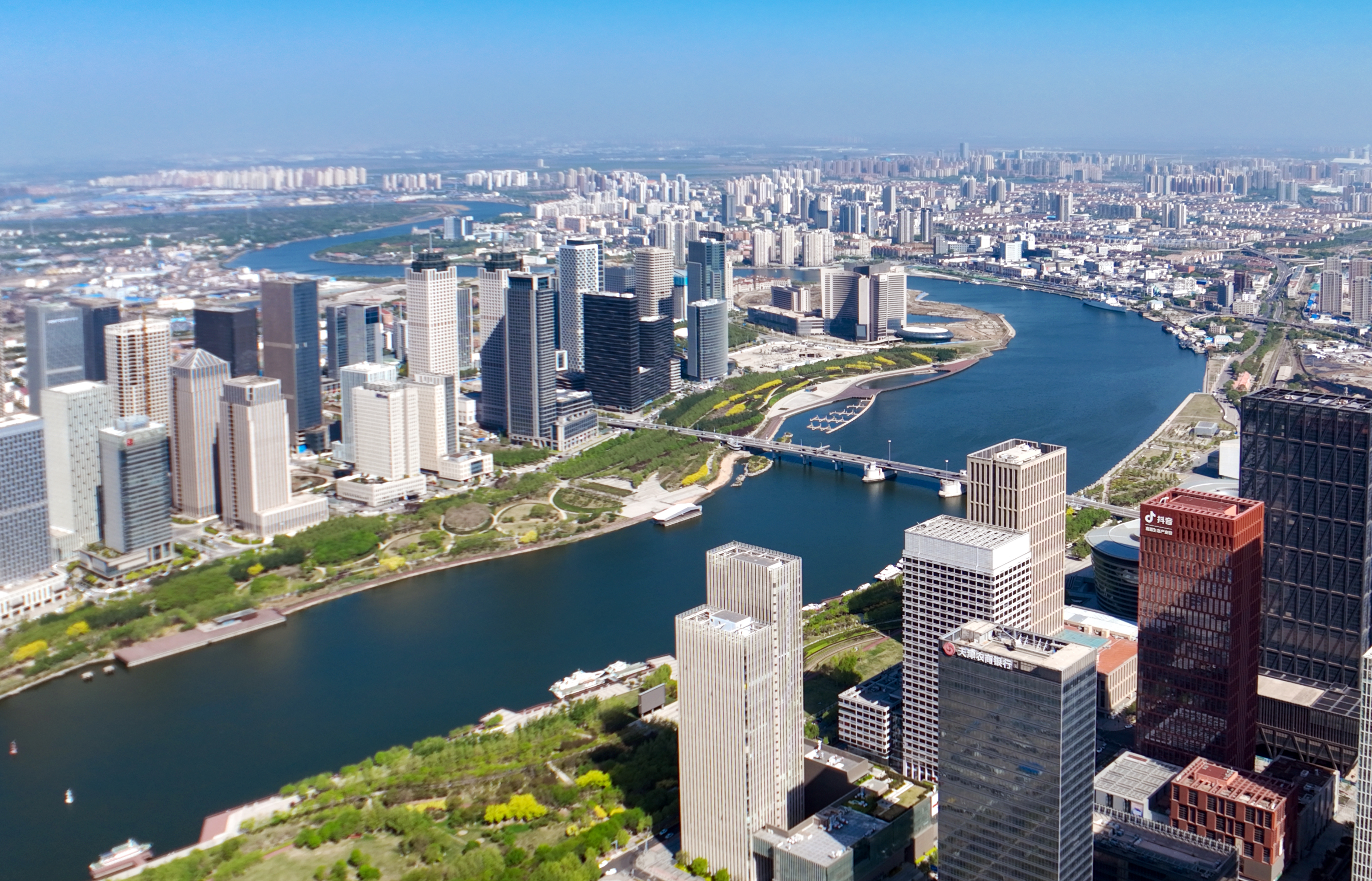Cooperation Fuels Accelerated Economic Growth in Beijing-Tianjin-Hebei Region

As the coordinated development of the Beijing-Tianjin-Hebei region enters its second decade in 2025, it has witnessed a significant milestone.
For the first time in a decade, the region’s annual GDP growth has outpaced the national average, reflecting deepened cooperation and high-quality development.
Official data shows that in 2024, Beijing, Tianjin and Hebei recorded respective GDP growth rates of 5.2 percent, 5.1 percent and 5.4 percent, bringing the region’s total economic output to 11.5 trillion yuan (about 1.6 trillion U.S. dollars).
In 2014, China initiated the strategy of coordinating the development of the national capital of Beijing and neighboring Tianjin Municipality and Hebei Province.
Since then, the region has made remarkable breakthroughs in high-quality development, offering the world Chinese wisdom on the future of mega-urban governance.
This industrial synergy reflects a broader regional transformation. “Over the past decade, the region has undergone a significant transition, shifting from reducing excessive capacities to fostering high-quality development,” said Liu Bozheng, executive deputy director of the Beijing-Tianjin-Hebei coordination office.
“The integration of innovation and industrial chains across the three locations has enhanced the region’s competitiveness and accelerated the commercialization of scientific and technological achievements,” said Zhou Hao, deputy director of the coordination office.
Beyond industrial collaboration, the region has made strides in infrastructure development, ecological governance and public services.
In a testament to these efforts, the region’s annual average concentration of PM2.5 in 2024 dropped by over 60 percent compared to 2013, highlighting significant progress in environmental management.
Meanwhile, Beijing facilitated 84.37 billion yuan in technology transfers to Tianjin and Hebei in 2024, fostering deeper regional integration. Additionally, the three areas have jointly established 14 innovation platforms, further strengthening their collaborative momentum.












 津公网安备 12019002000128号
津公网安备 12019002000128号

